Species Profile: The Orca Whale
No sea creature can prey on the orca whale. It’s so fearsome, its scientific name comes from the Roman god of the underworld, Orcus.
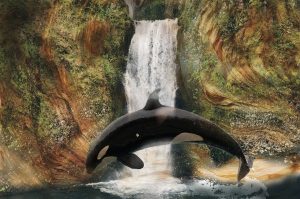
The orca whale, killer whale or simply orca, is a toothed whale and the largest member of the oceanic dolphin family.
You can easily recognize them by their characteristic black-and-white coloring and their long dorsal fin. Though, all-white orcas do exist, they are extremely rare.
An orca has a cylindrical body that tapers at both ends. They have good eyesight both under and above water. They also have highly developed echolocation abilities (like other dolphins), excellent hearing, and they are highly intelligent creatures.
Even though orcas are commonly called killer whales, they are not whales but dolphins.
Though these dolphins don’t typically attack humans in the wild, they are currently the most feared predators in the ocean’s waters. The orca’s large size coupled with its strength makes it one of the fastest marine mammals alive. As a result, they are at the very peak of the food chain: even sharks like the great white are not safe around them. They hunt and kill sharks, and whales too.
In fact, the name killer whale originated from the Spanish words ‘asesina ballenas,’ meaning assassin whales or whale killers. A team of sailors gave them that name after observing groups of orcas hunting whales. Over time, the name changed to killer whale.
These are highly social sea creatures, they live in groups called pods. An average sized pod would have about 40 individuals in it. Pods are of different types: transient, resident, or offshore. Transient pods move together and hunt aggressively, very much like a wolf pack. Whereas a resident pod is less aggressive.
Orca whales are apex predators, as a result no animal preys on them.
1) Scientific Name
Orcinus Orca
2) Scientific Classification:
- Kingdom: Animalia
- Phylum: Chordata
- Class: Mammalia
- Order: Artiodactyla
- Family: Delphinidae
- Genus: Orcinus
3) Life Expectancy
There is a lot of controversy on the subject of the lifespan of the orca whale in the wild versus in captivity. But generally, they live much longer in the wild than in captivity.
In the wild: Females of the species live longer than the males. Wild females average about 50 years. One exception is the case of a killer whale named Granny or J2. Estimates say she was up to 105 years when she died.
Wild males live for around 25/29 years, at the most 60 years.
In captivity: They live about 25 years shorter than their kind in the wild. Most times, less than 25 years. Although, a few have reached 30 and even 40 years old in captivity.
4) Average/Maximum Length
Orca whales are the largest creatures in the dolphin family.
Males are larger than the females. Adult males range from 6 to 8 meters (20 to 26 feet) in length. Females, from 5 to 7 meters (16 to 23 feet).
The largest documented male was 9.8 m (32 feet) long, while the largest female seen so far was 8.5 meters (28 feet).
5) Average/Maximum Weight
Adult males weigh over 6.6 short tons (6 tons). Females, about 3.3 to 4.4 short tons (3 to 4 tons).
The largest individuals of both sex weighed 11 short tons (male), and 8.3 short tons (female).
6) Maximum Swimming Speed
Orca whales rank among the fastest sea mammals today. They usually cruise at below 13 km/h (8 m/h) but they easily reach short bursts of speed of up to 45 km/h (28 m/h).
7) Interaction With/Danger To Humans

- Interaction with humans
Killer whales have the second largest brain of marine mammals after the sperm whale.
Thus, they are highly intelligent and trainable creatures. Their striking black-and-white coloring, enormous size, curiosity, and playful antics endear them to people of all ages.
Unfortunately, this makes them a target for aquariums and aquatic parks. From all indications, they don’t do well in captivity. For one thing they live fewer years than orcas in the wild. Also they often develop pathologies (e.g. dorsal fin collapse), and may attack or kill their human handlers. Critics attribute such violent displays to stress on the animal.
- Danger To Humans
There are very few confirmed incidents of orca whales in the wild attacking humans. Though, none was fatal. For instance, a surfer was bitten in California in the 1970s. Then in 2005, a boy was splashing in Alaska in waters frequented by harbor seals when he was bumped by an orca. Obviously, it mistook him for prey.
However, in captivity, killer whales are responsible for almost two dozen attacks on humans from the 1970s to date. A bull orca named Tilikum was responsible for the death of three people between 1991 and 2010. He was the largest bull orca in captivity and he featured regularly in the shows at SeaWorld until his death in January 2017 at the age of 36.
8) Reproduction Details
Male orca whales mature sexually at 15 years old, but may not engage in reproduction till about 21 years old. Females mature around 10 years, reach their peak fertility at about 20, and breed until age 40. Thereafter, they undergo a steep drop in fertility.
Orcas are one of the animals where the females experience ‘menopause’
They have an extremely low birth rate: breeding female produce a single calf usually once every five years.
Males of this species mate with female members of other pods to avoid inbreeding. Gestation period ranges from 15 to 18 months. Calves are born anytime of the year but mostly in winter and the entire members of the pod help to care for the young.
At birth, orca whale calves are about 2.6 meters (8.5 feet) long and weigh between 120 to 160 kg (265 and 353 lbs.) Like most other mammals, the mothers nurse their calves on milk. Calves are weaned at one year old. Unfortunately, calf mortality is very high for the seven months of their life and up to 50 percent of the calves born in a pod will die.
Interestingly, killer whales have a complex social bond. For instance, among resident orcas of the eastern North Pacific, individual orca whales continue to live with their mothers for their whole lives. Such family units are called matrilines and are comprised of the mother and her offspring even up to the fourth generation.
9) Diet/Hunting Pattern Of The Orca Whale
Orca whales can afford to eat practically every other creature swimming in the sea, they are the apex hunters after all. But, they tend to have a preferred diet depending on their locality.
Some pods will feed only on fish. Others feed on different kinds of rays, on sea mammals like seals, and other species of dolphins. Also, some pods hunt and attack baleen whale calves, or even adult whales.
An orca whale needs to eat about 227 kilograms (500 lbs.) of food every day.
The ‘wolves of the sea’ as they are often called, also hunt sharks. Hardly any species of shark is spared. They hunt the common thresher, smooth hammerhead, blue shark, mako shark, and the great white. Of course, they have different methods of attacking each marine animal they target for food.
In the case of sharks for instance, orcas will induce toxic immobility in the shark by grabbing them in their jaws and flipping them upside down. By holding them in this position, the shark is totally helpless and will usually suffocate in a matter of minutes. This method of overpowering sharks is highly effective even against larger and fiercer species like the great white shark.
They may also kill and eat whale shark but that’s rare.
Other remains found in the stomach contents of orca whales include: deer, sea turtles, sea gulls and cormorants, and even the remains of other orcas.
10) Alternative Names
- Killer whale
- Blackfish
11) Population And Conservation Status
As with most sea creatures, sighting them and getting an exact population figure is difficult. However, recent estimates indicate that there are at least 50,000 orca whales swimming worldwide with about half of that number living around Antarctica.
As you can imagine, the killer whale would be a particularly difficult mammal to hunt, but that hasn’t stopped humans from trying.
Though the International Union for Conservation of Nature (IUCN) cannot label the exact conservation status of this species, it is clear that human activities are interfering with this animal, especially in some regions.
We compete with them for prey (fish). Also, they suffer the results of marine pollution, large-scale oil spills, collision with boats and ships, noise interference, etc. In some areas, people kill them for meat, while in other places fishermen will kill them at sight because they feel they will eat all the fish available there.
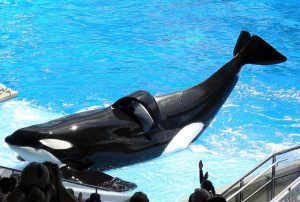
They don’t do too well in captivity but people still keep them for aquatic shows.
In addition, like other apex predators, orcas are prone to poisoning from bioaccumulation of toxins and PCBs from consumption, and absorption through their skin.
For now, the conservation status of the orca whale depends largely on where it’s resident.
Take for instance the case of the Southern Resident Killer Whales in the waters of British Columbia and Washington State. This group was placed on the U.S. Endangered Species list in 2005.
The general orca population remains as Data Deficient on the IUCN list.
12) Ancestry And History
Orcinus orca is the only recognized surviving species in the genus Orcinus. It’s in a group of 35 species of the oceanic dolphin family that can be traced back some 11 million years ago.
Its closest relative is the snubfin dolphin though it has close similarities with the pygmy killer whale, the false killer whale, and the pilot whale.
Presently, three distinguishable forms of killer whales are known: the resident, transient (or Bigg’s), and the offshore orca. Each of these forms, or ecotypes, has its own unique diet, habitat, size, shape, and behavior patterns. Hence, the IUCN expects that Orcinus orca will be split into a number of different species or subspecies over the next few years.
13) Distribution And Habitat
The orca whale is a world traveler and swims about in the world’s waters. They can travel great distances and are found in all world’s oceans in a diverse marine environments. Orcas live in Arctic and Antarctic waters as well as tropical seas.
They are present in the waters around most coastal countries and they can adjust to any environment.

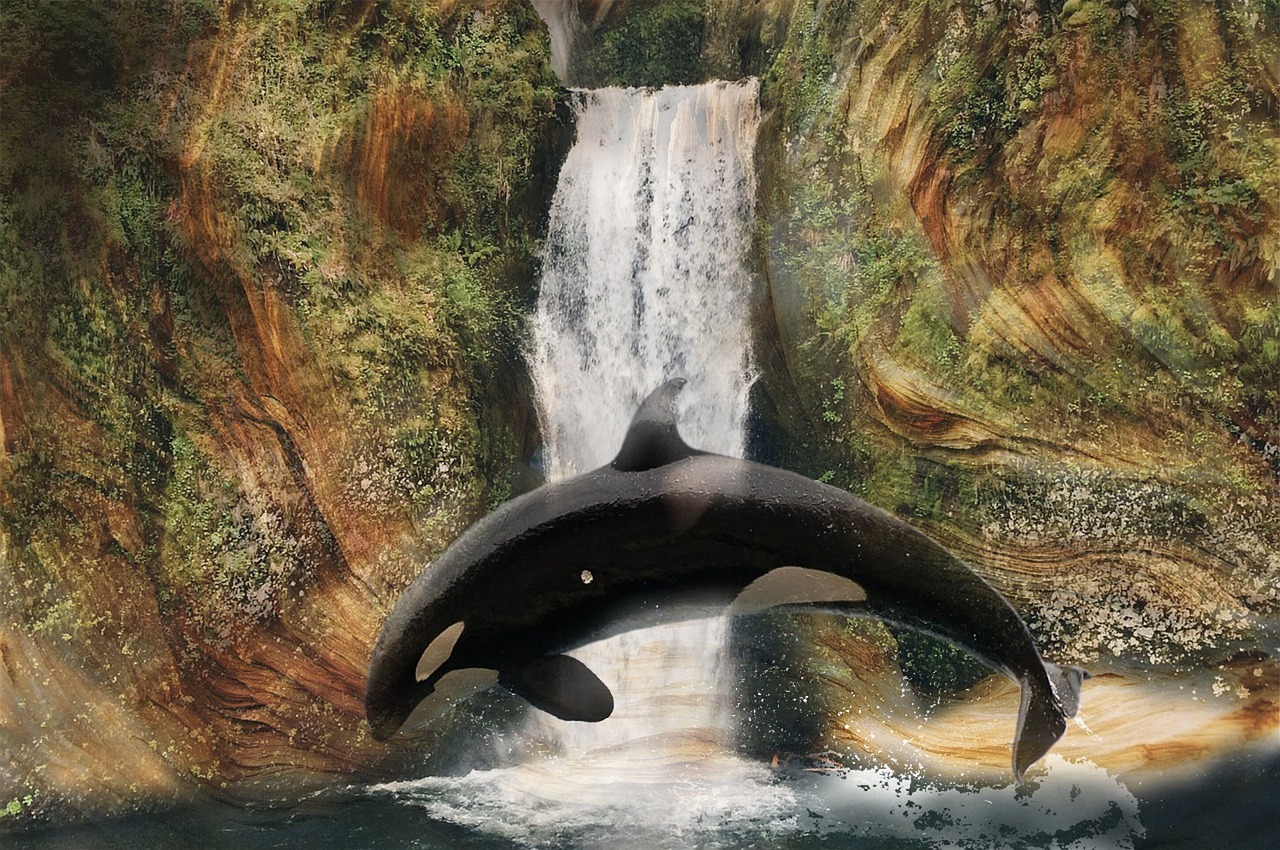
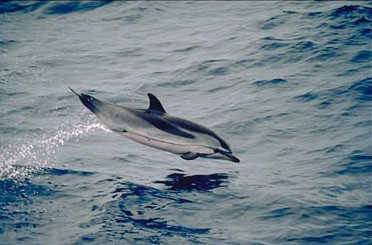
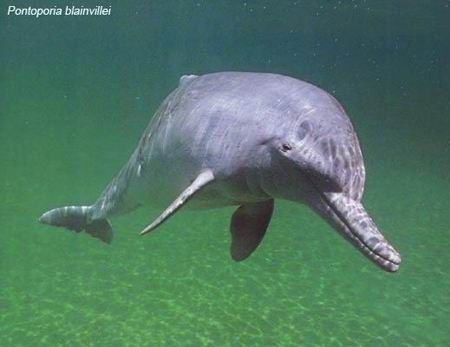
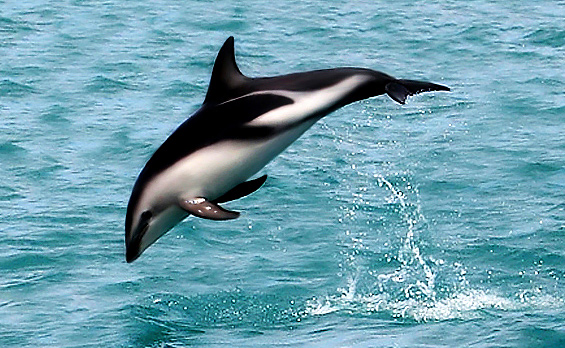
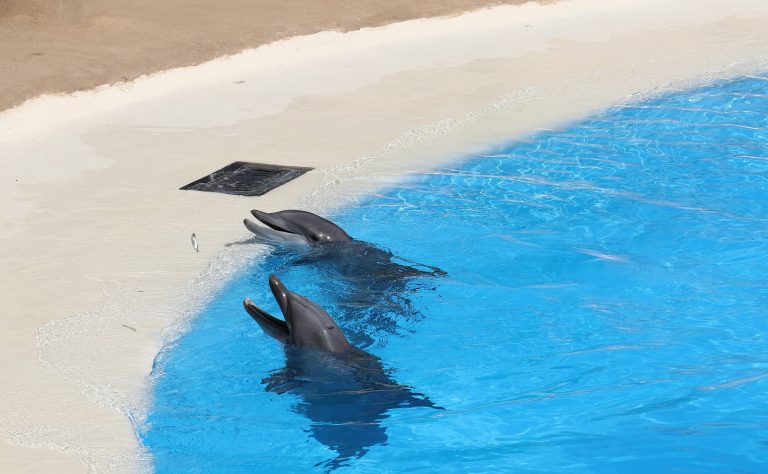
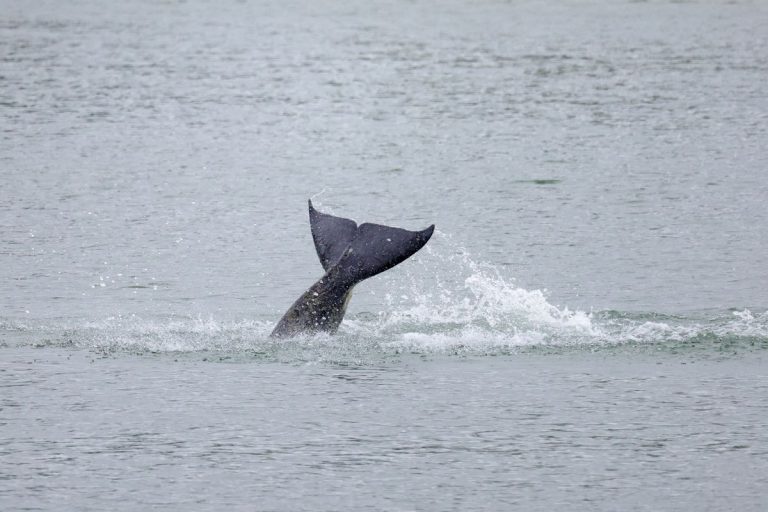
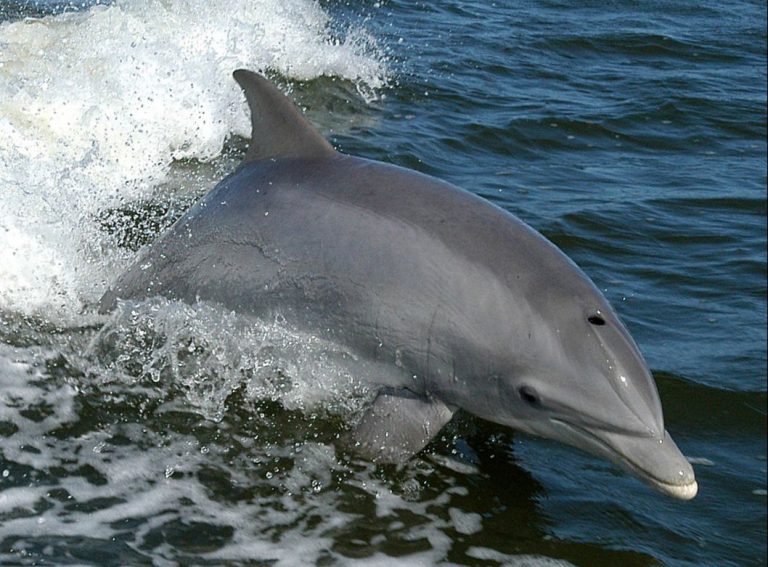
This was a lot of good information, thank you.
Thank you for this research and information. Greatly appreciated.